Creative polymath Theaster Gates opens his first solo show in New York
Theaster Gates fuses facets of art history with cultural reclamation in his new exhibition, ‘Black Vessel’ at Gagosian New York
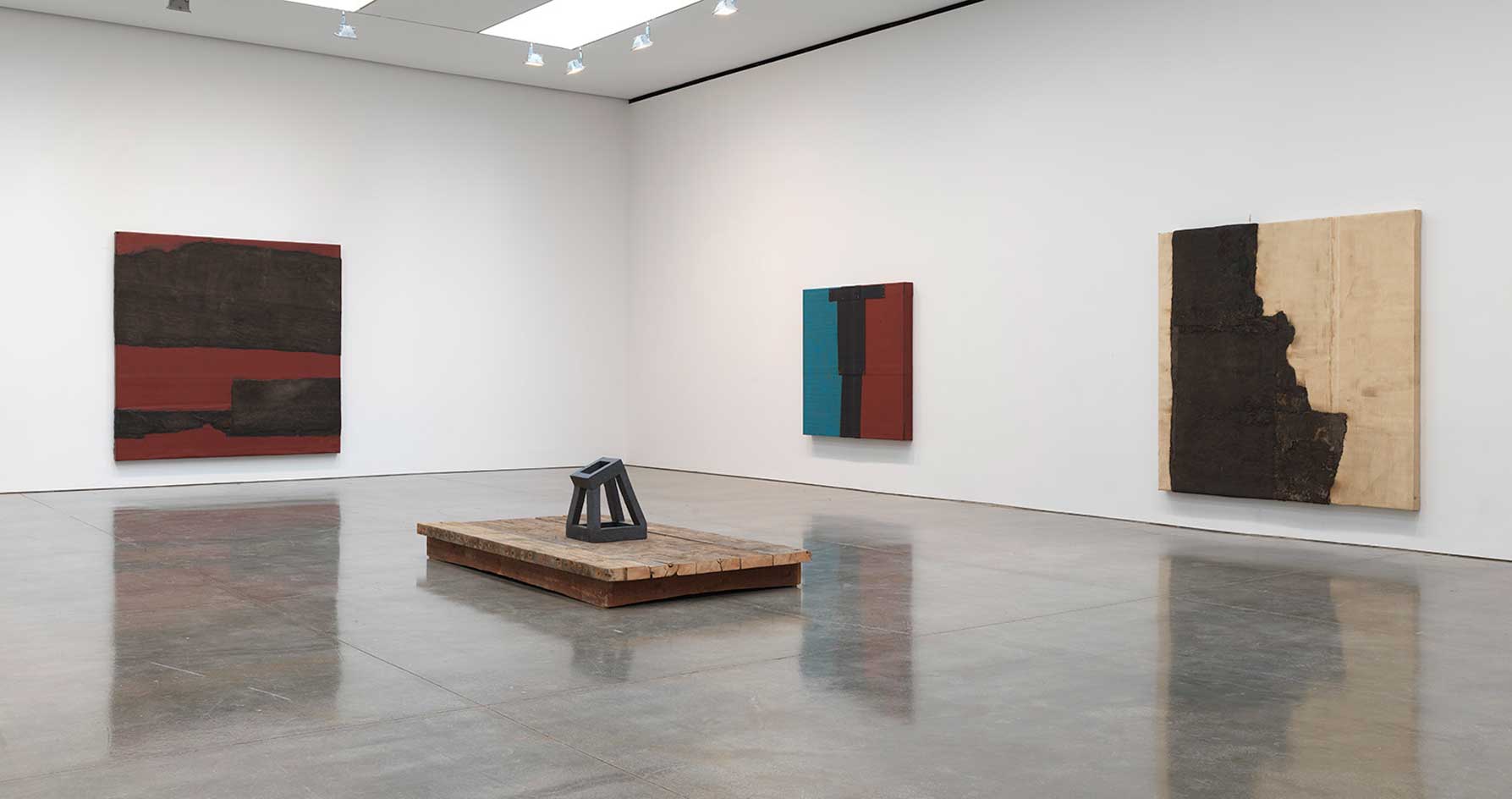
As widely-recognised as the creative polymath Theaster Gates is, his latest show at Gagosian New York, significantly titled ‘Black Vessel’, is still the artist’s first-ever solo exhibition in the Big Apple. A majestic display of sculpture, clay vessels and works on canvas, the exhibition showcases Gates’ poetic ability to layer facets of art history, sound, racial ideology, culture and Black history in a practice that stands for both social empowerment and cultural reclamation.
For this momentous showing, Gates presents four genres of work. In an ode to the title of the exhibition, he has first assembled a collection of 30 vessels, each unique in size, shape and form. With one eye considering the vessel as an archetype through the canon of art history, Gates creates his own versions as a metaphor of contemporary existence, as one might expect.
‘I always find myself returning to the vessel. It is part of the intellectual life force of my practice and it precedes all other forms of making,’ he states, nodding to his training as a potter.
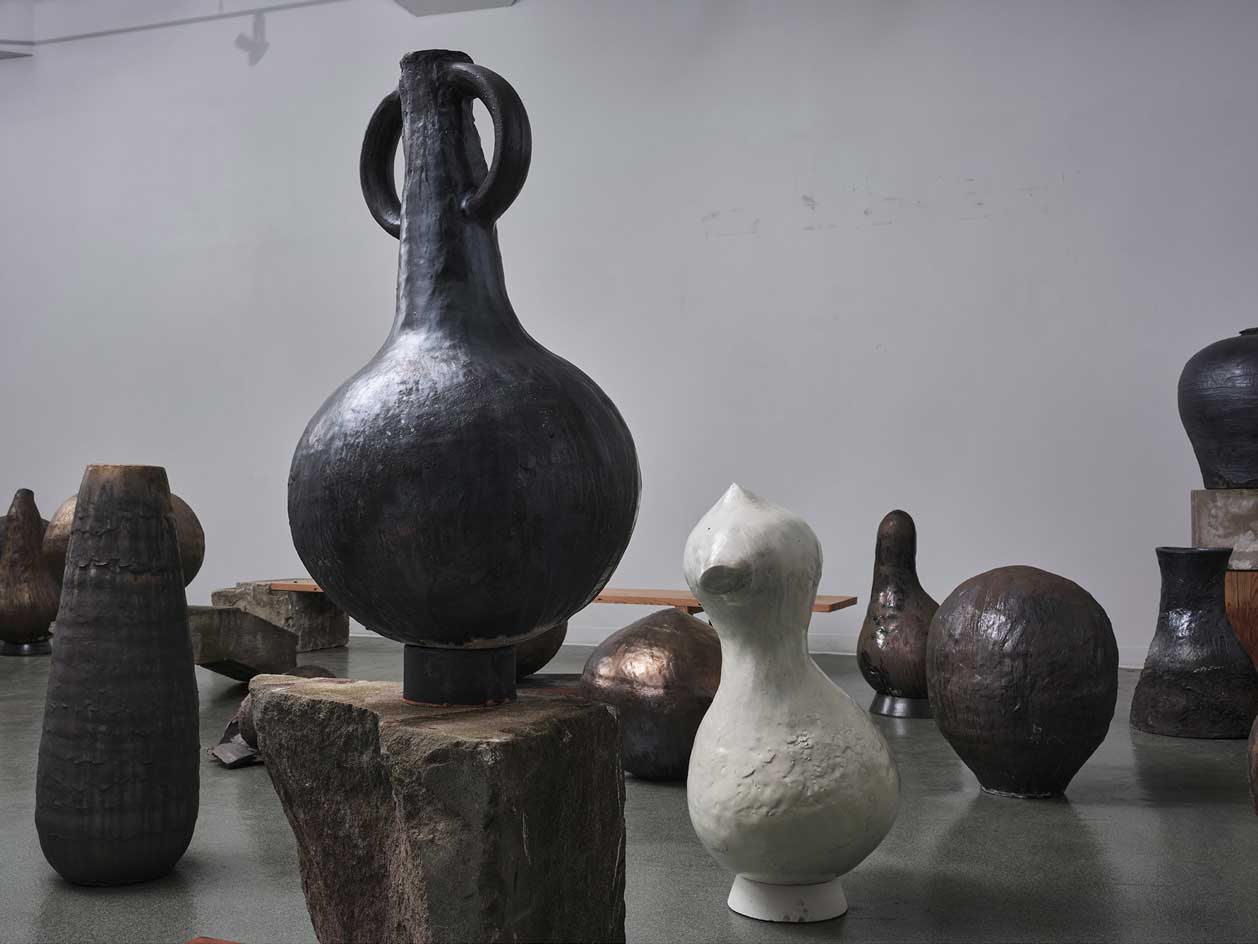
Theaster Gates, Vessel # 2, 2020, © Theaster Gates; courtesy Gagosian
In Gates’ hands, the universality of the vessel as a repository of ritualised significance is put to the fore. His series of large-scale pieces, made from glazed and fired clay, not only draw from the ancient traditions of Eastern, Western and African origins, but also from contemporary aesthetics too. Freestanding or paired with specially made plinths and pedestals, the array of forms and silhouettes elude time and place with their wonderfully varied textures, surfaces and tones.
The archaeological-like display of ceramics is poignantly offset by the west gallery – an enveloping chamber made of black bricks, upcycled from remaindered stock, that stands almost like a vessel itself. Complemented by a sound installation scored by Gates, the installation adds another spiritual dimension to viewing the statuesque objects.
RELATED STORY
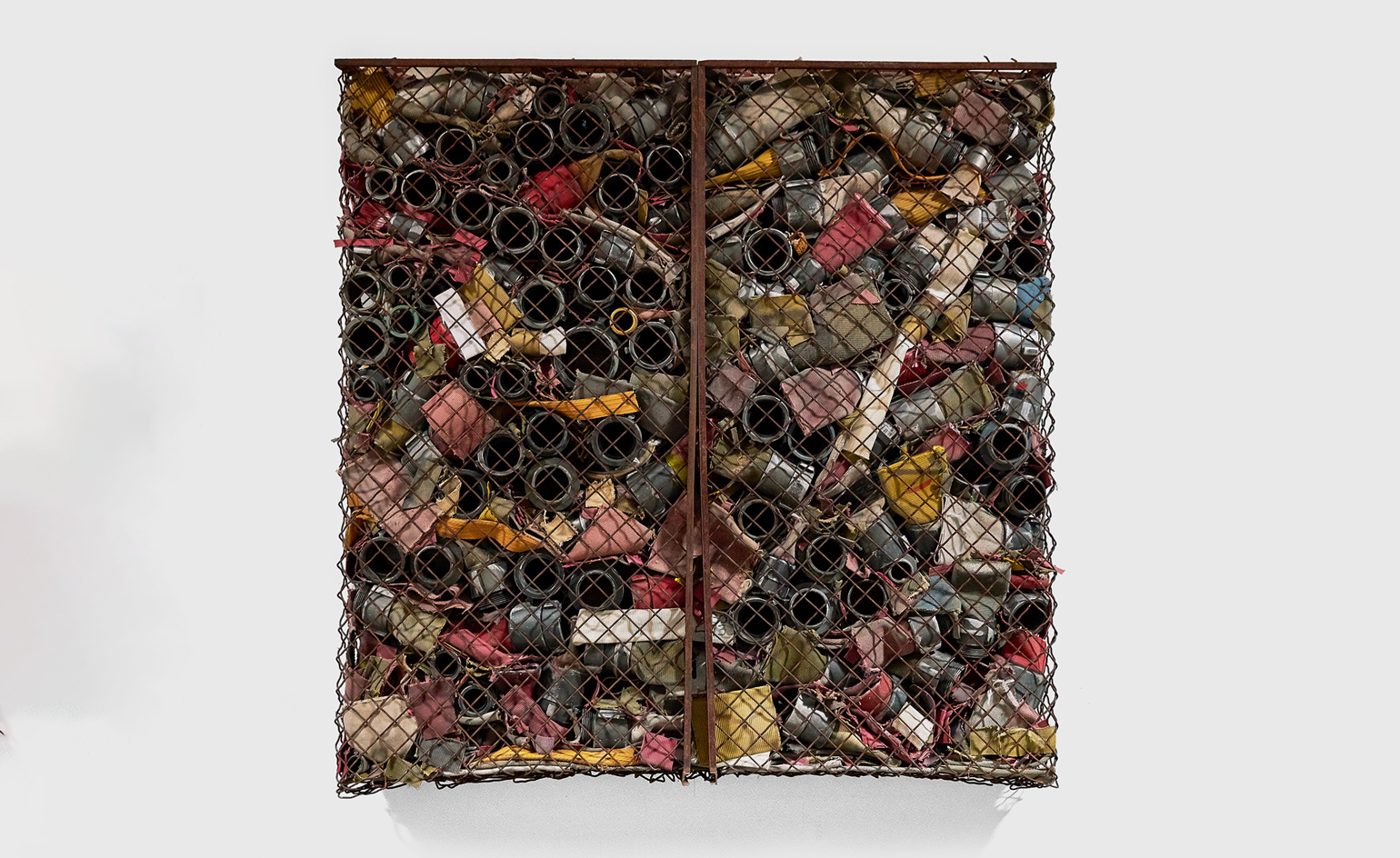
Intervening with space is also the foundation of another arresting work, Walking Prayer, which is ongoing since 2018 and utilises a wide-ranging historical collection of published books on Black experience. The tomes are nobly displayed on vintage Carnegie cast iron shelving that transforms a library setting into a place of worship.
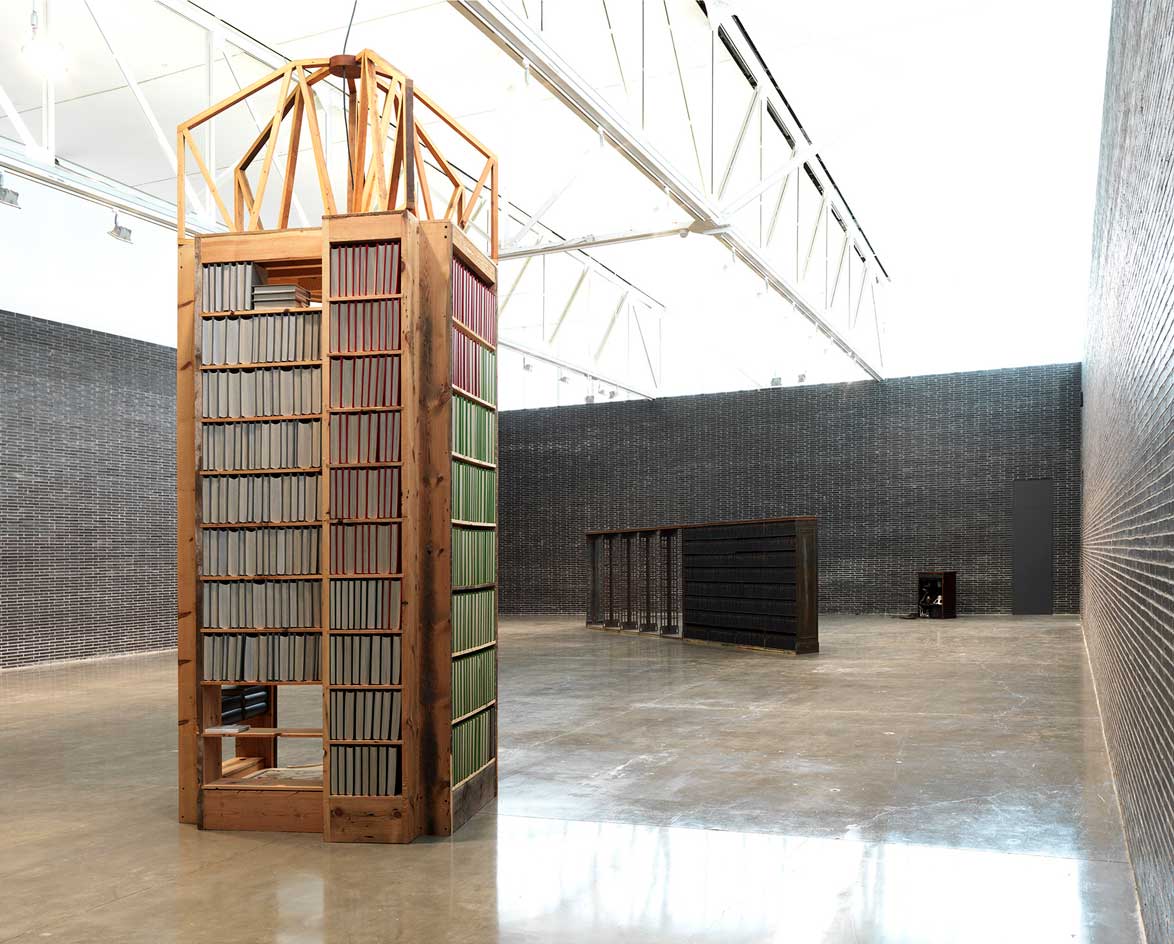
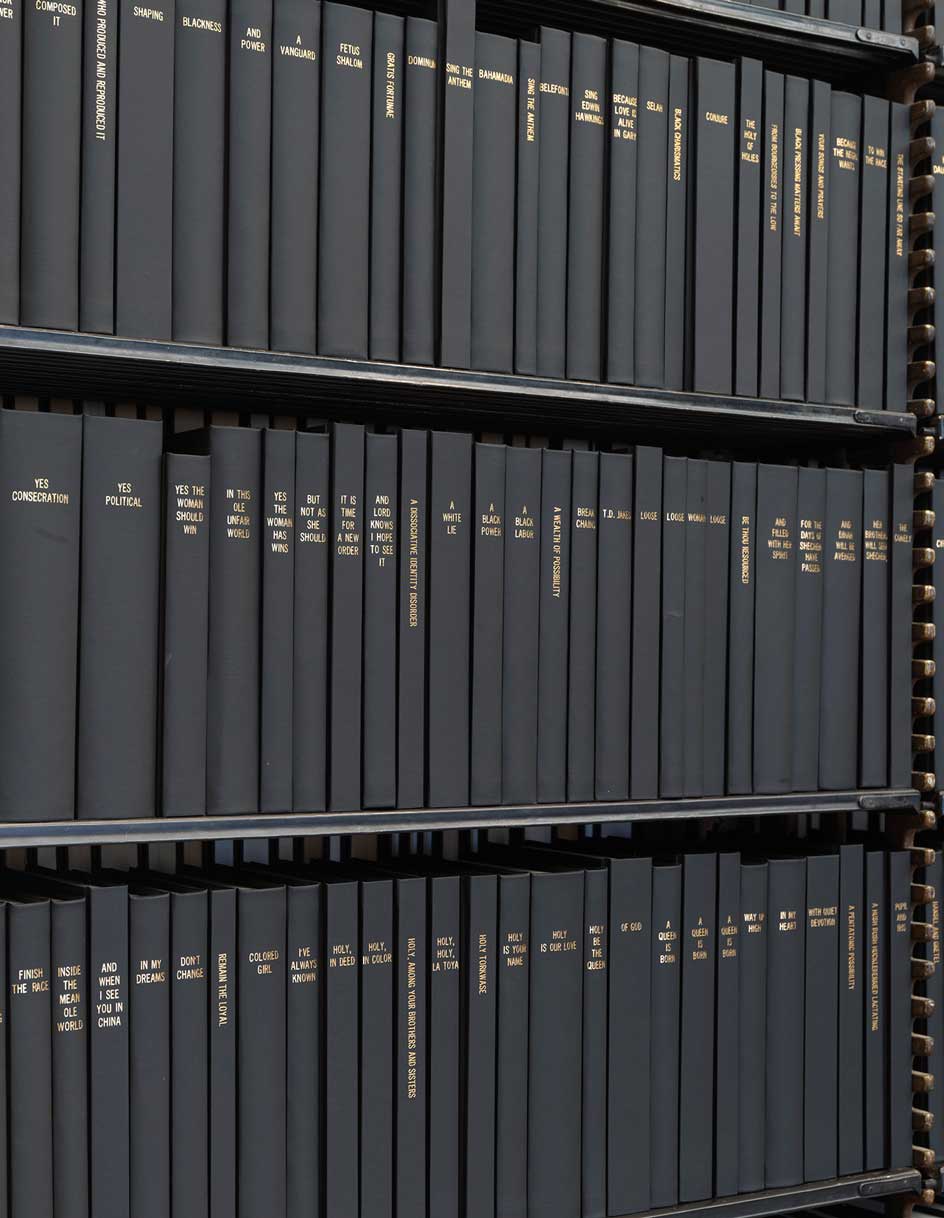
Above: ’Black Vessel’, 2020, installation view. Below: Walking Prayer, 2018–20, detail. © Theaster Gates; courtesy: Gagosian
Speaking about his dynamic approach to his work, Gates shares, ‘My body is capital, my brain is capital, my hands are capital, and the byproducts of my hands are capital. And once I understand my own value, I think about spatial value, the value of other people, the value of people working together, the possibility of exponential value as a result of certain kinds of bodies rubbing up against each other.’
The final component of the show, a suite of tar paintings that are inspired by Gates’ father’s livelihood as a roofer, sees the artist manipulate typical building and construction materials like industrial oil-based enamel, rubber torch down, bitumen and wood, into imposing large-scale wall works that echo the style of postwar American artists.
Dynamic, self-referential and beautifully realised, the four-part survey of Gates’ artistic practice is a captivating reassurance of just how deep he is ready to go.
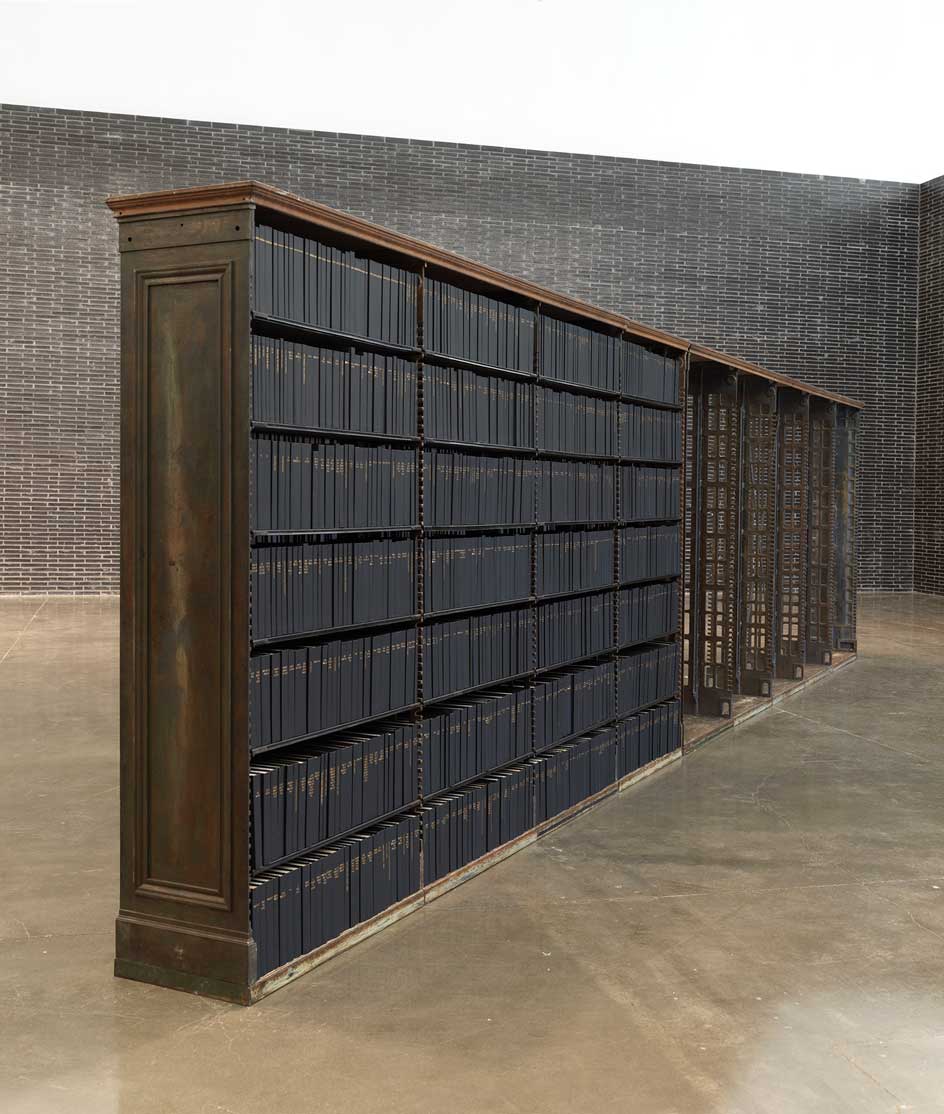
Walking Prayer, 2018–20. © Theaster Gates; courtesy Gagosian
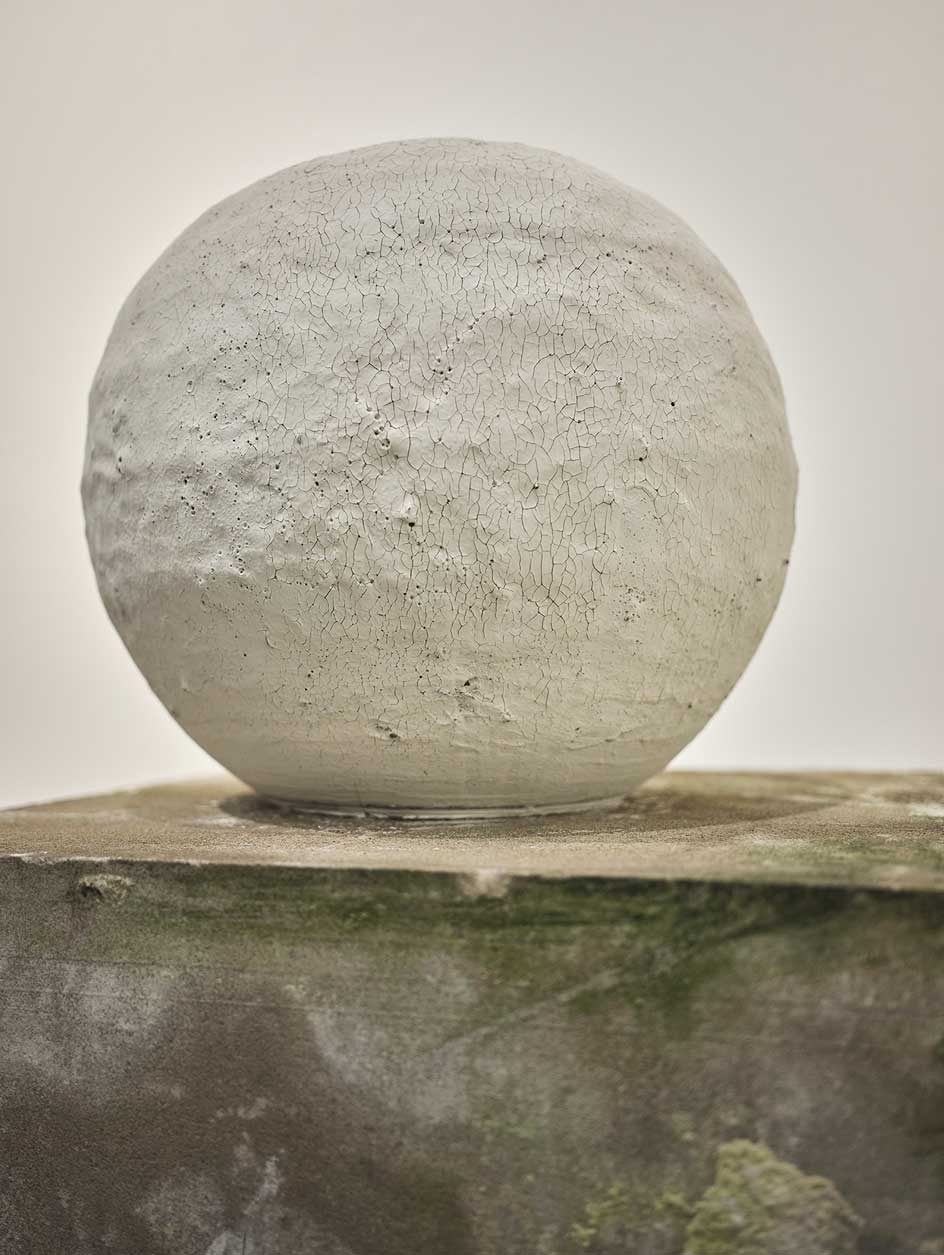
Vessel #25, 2020. © Theaster Gates; Courtesy Gagosian
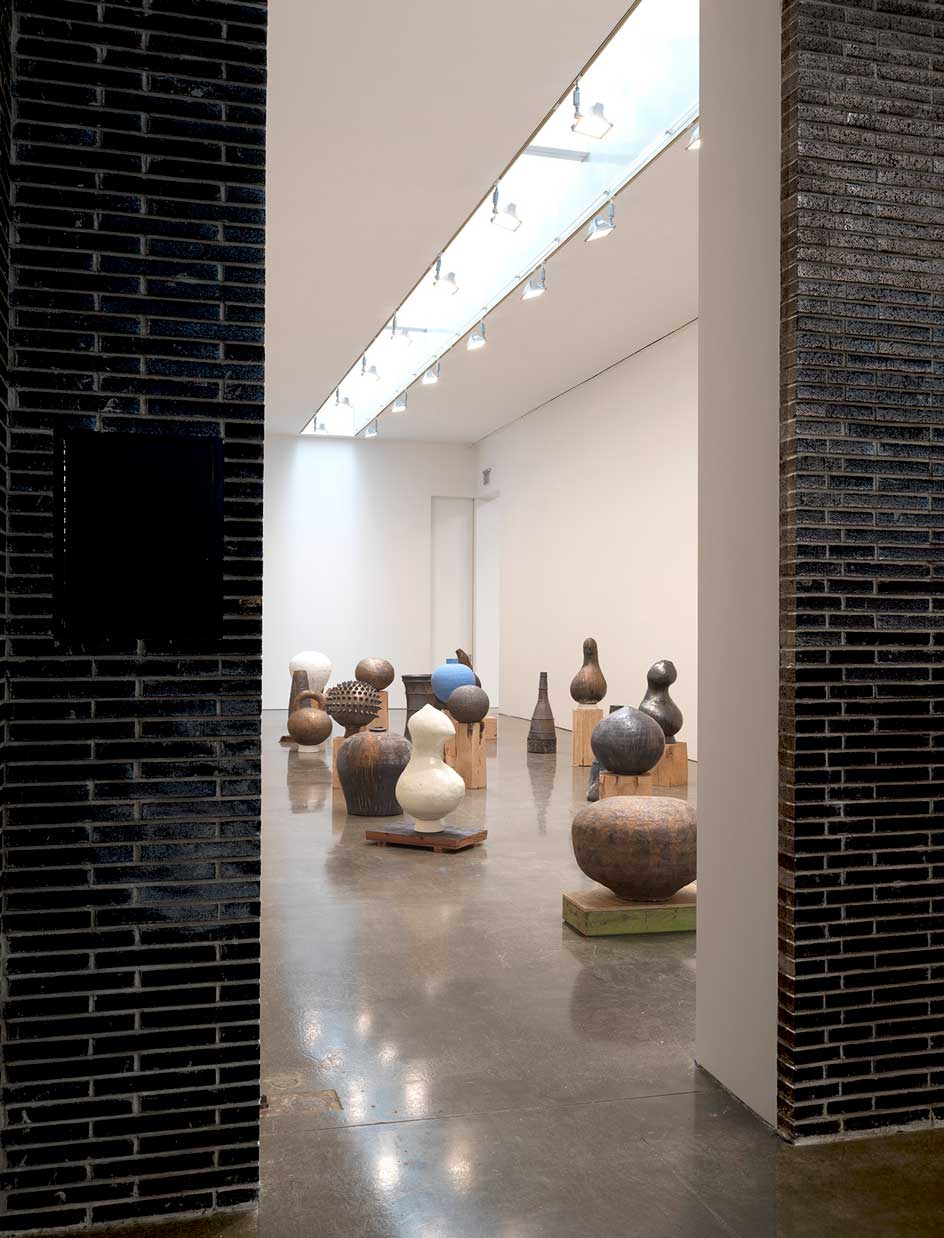
Theaster Gates, ’Black Vessel’, 2020, installation view. Artwork © Theaster Gates; Courtesy Gagosian
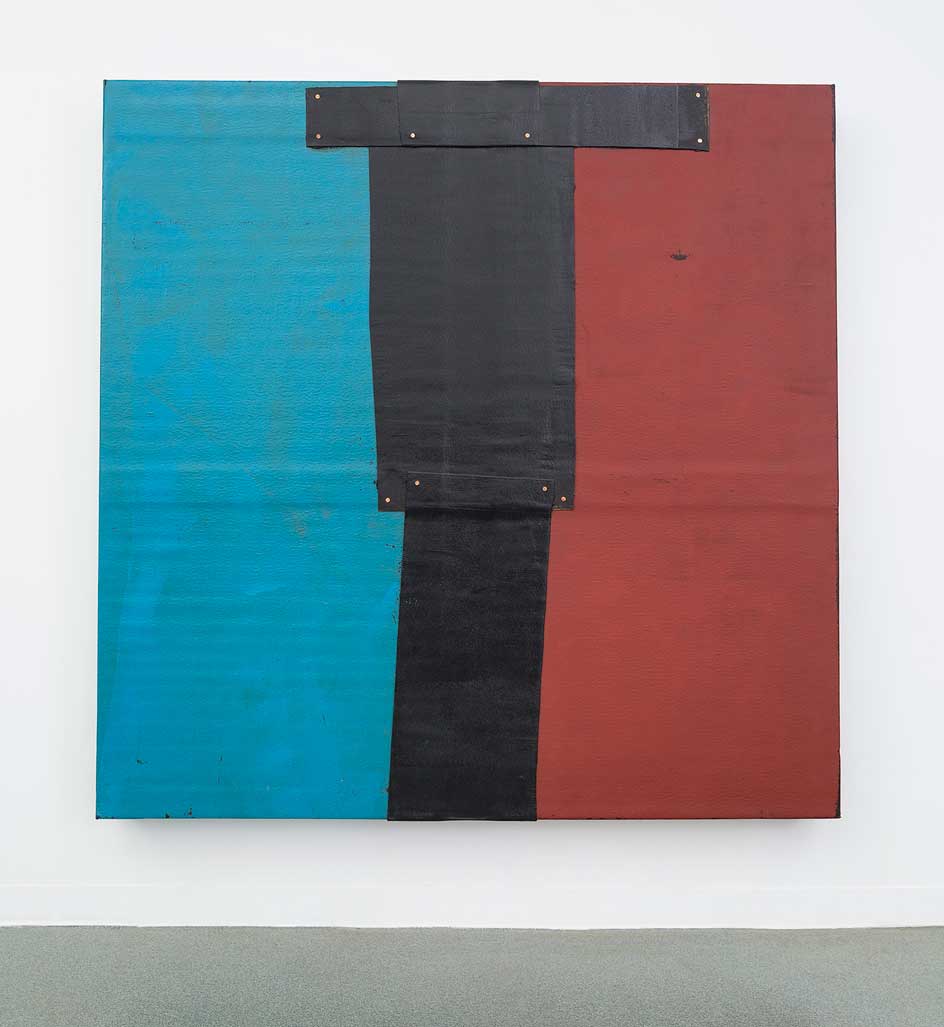
Flag Sketch, 2020. © Theaster Gates; Courtesy Gagosian
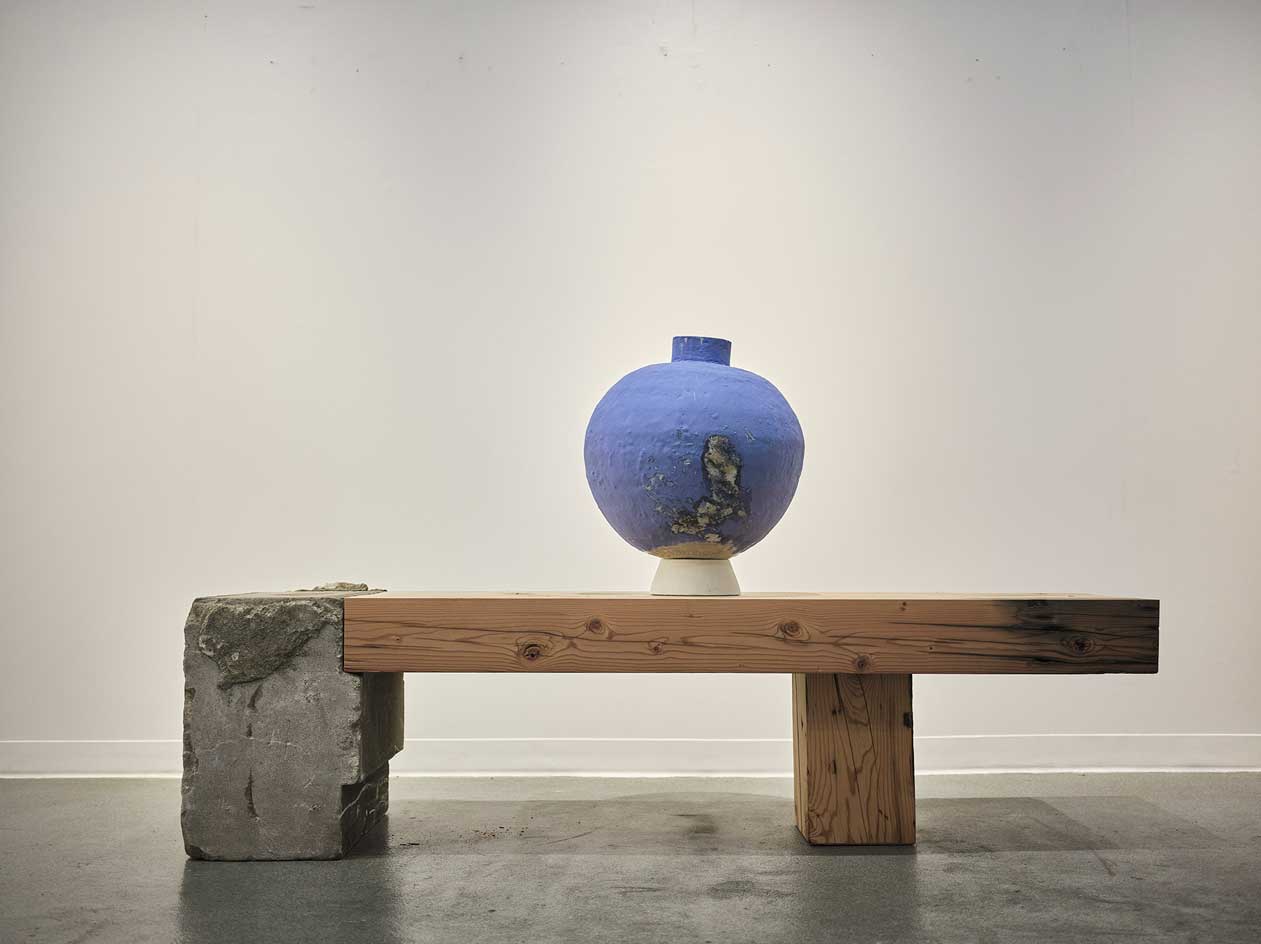
Vessel # 19, 2020. © Theaster Gates; Courtesy Gagosian
INFORMATION
’Black Vessel’, until 19 December, Gagosian, New York. gagosian.com
ADDRESS
Wallpaper* Newsletter
Receive our daily digest of inspiration, escapism and design stories from around the world direct to your inbox.
Gagosian
555 West 24th Street
New York, NY 10011
Pei-Ru Keh is a former US Editor at Wallpaper*. Born and raised in Singapore, she has been a New Yorker since 2013. Pei-Ru held various titles at Wallpaper* between 2007 and 2023. She reports on design, tech, art, architecture, fashion, beauty and lifestyle happenings in the United States, both in print and digitally. Pei-Ru took a key role in championing diversity and representation within Wallpaper's content pillars, actively seeking out stories that reflect a wide range of perspectives. She lives in Brooklyn with her husband and two children, and is currently learning how to drive.
-
 A Xingfa cement factory’s reimagining breathes new life into an abandoned industrial site
A Xingfa cement factory’s reimagining breathes new life into an abandoned industrial siteWe tour the Xingfa cement factory in China, where a redesign by landscape specialist SWA Group completely transforms an old industrial site into a lush park
By Daven Wu
-
 Put these emerging artists on your radar
Put these emerging artists on your radarThis crop of six new talents is poised to shake up the art world. Get to know them now
By Tianna Williams
-
 Dining at Pyrá feels like a Mediterranean kiss on both cheeks
Dining at Pyrá feels like a Mediterranean kiss on both cheeksDesigned by House of Dré, this Lonsdale Road addition dishes up an enticing fusion of Greek and Spanish cooking
By Sofia de la Cruz
-
 Leonard Baby's paintings reflect on his fundamentalist upbringing, a decade after he left the church
Leonard Baby's paintings reflect on his fundamentalist upbringing, a decade after he left the churchThe American artist considers depression and the suppressed queerness of his childhood in a series of intensely personal paintings, on show at Half Gallery, New York
By Orla Brennan
-
 Desert X 2025 review: a new American dream grows in the Coachella Valley
Desert X 2025 review: a new American dream grows in the Coachella ValleyWill Jennings reports from the epic California art festival. Here are the highlights
By Will Jennings
-
 In ‘The Last Showgirl’, nostalgia is a drug like any other
In ‘The Last Showgirl’, nostalgia is a drug like any otherGia Coppola takes us to Las Vegas after the party has ended in new film starring Pamela Anderson, The Last Showgirl
By Billie Walker
-
 ‘American Photography’: centuries-spanning show reveals timely truths
‘American Photography’: centuries-spanning show reveals timely truthsAt the Rijksmuseum in Amsterdam, Europe’s first major survey of American photography reveals the contradictions and complexities that have long defined this world superpower
By Daisy Woodward
-
 Sundance Film Festival 2025: The films we can't wait to watch
Sundance Film Festival 2025: The films we can't wait to watchSundance Film Festival, which runs 23 January - 2 February, has long been considered a hub of cinematic innovation. These are the ones to watch from this year’s premieres
By Stefania Sarrubba
-
 What is RedNote? Inside the social media app drawing American users ahead of the US TikTok ban
What is RedNote? Inside the social media app drawing American users ahead of the US TikTok banDownloads of the Chinese-owned platform have spiked as US users look for an alternative to TikTok, which faces a ban on national security grounds. What is Rednote, and what are the implications of its ascent?
By Anna Solomon
-
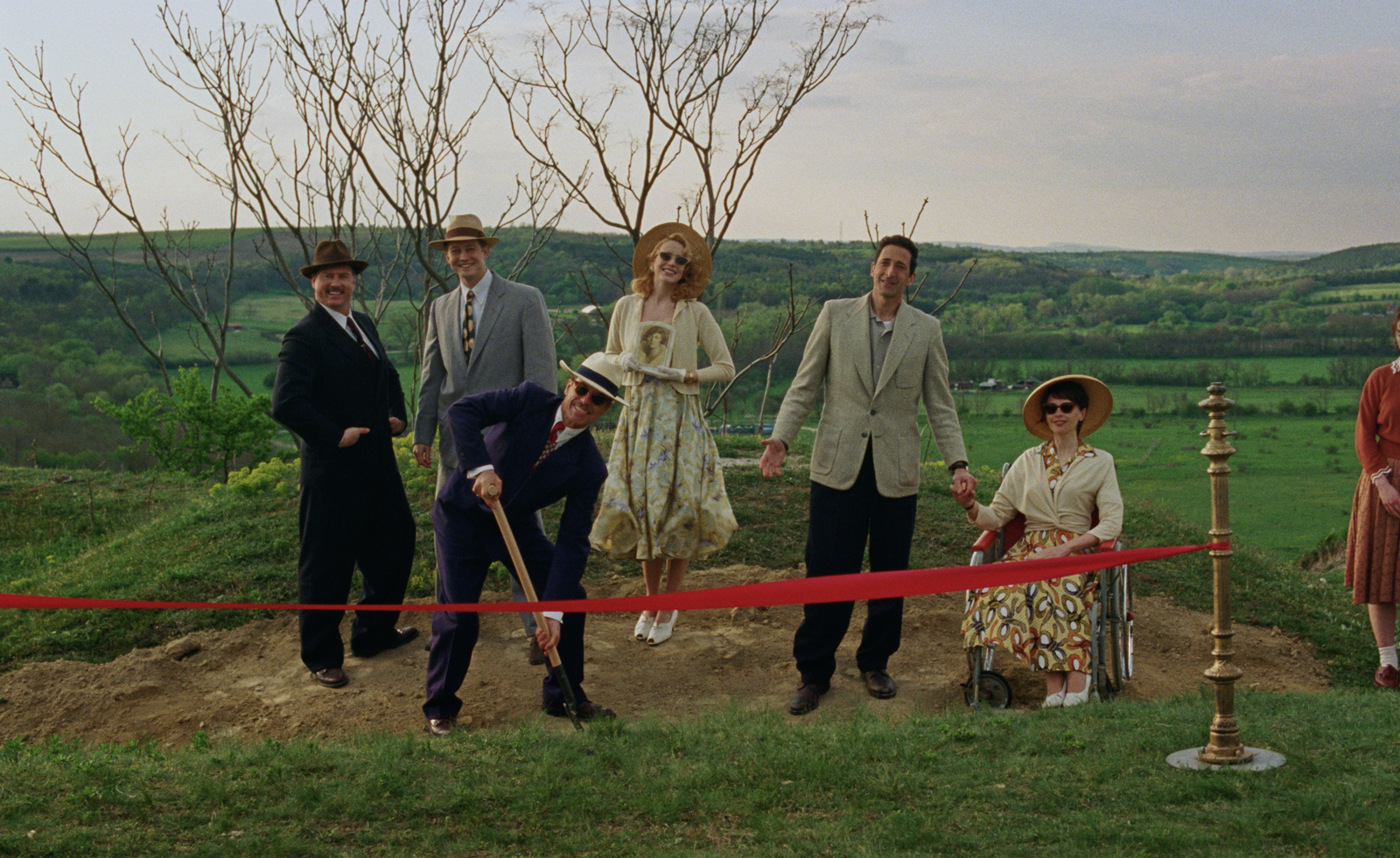 Architecture and the new world: The Brutalist reframes the American dream
Architecture and the new world: The Brutalist reframes the American dreamBrady Corbet’s third feature film, The Brutalist, demonstrates how violence is a building block for ideology
By Billie Walker
-
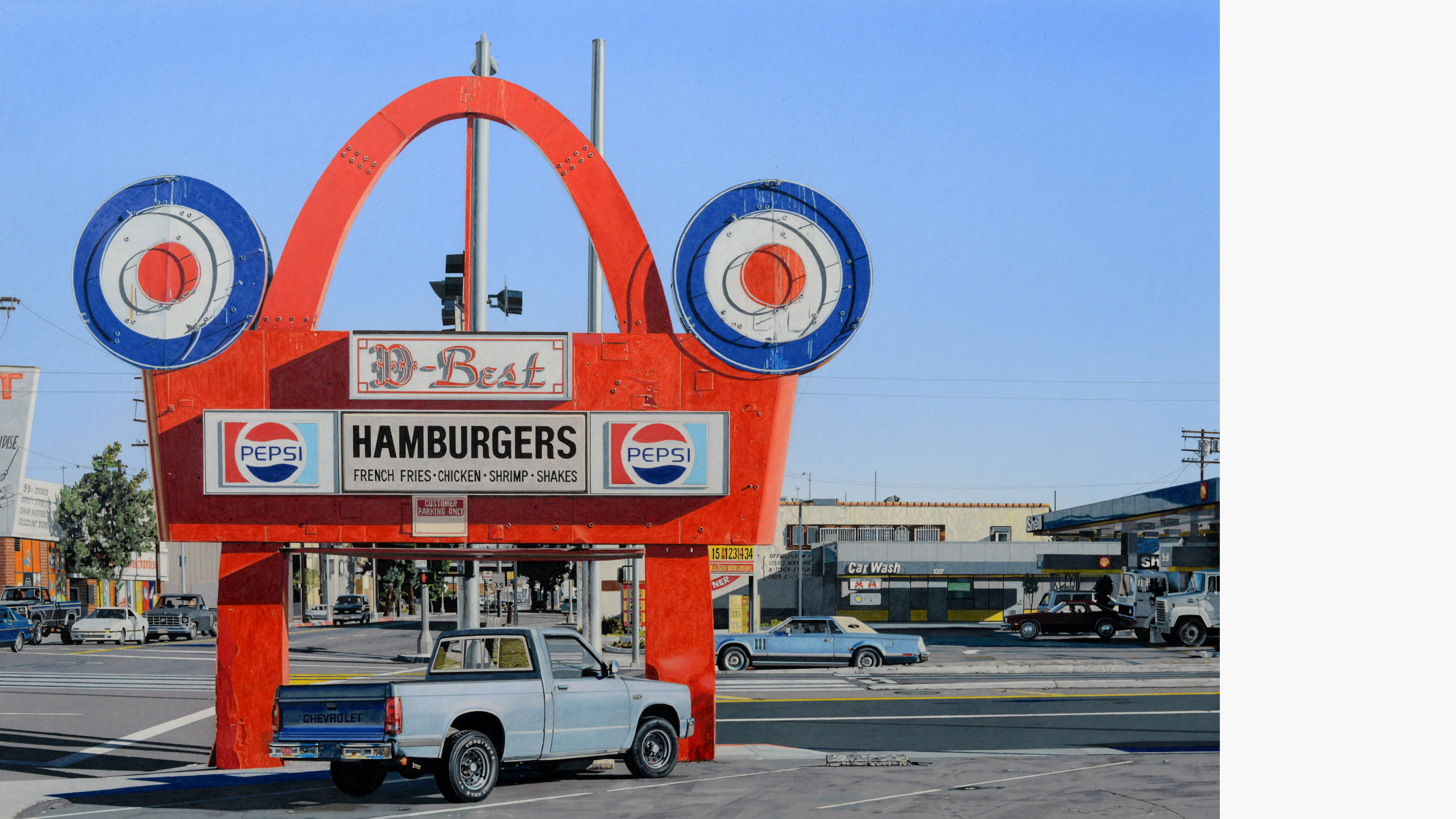 ‘Gas Tank City’, a new monograph by Andrew Holmes, is a photorealist eye on the American West
‘Gas Tank City’, a new monograph by Andrew Holmes, is a photorealist eye on the American West‘Gas Tank City’ chronicles the artist’s journey across truck-stop America, creating meticulous drawings of fleeting moments
By Jonathan Bell